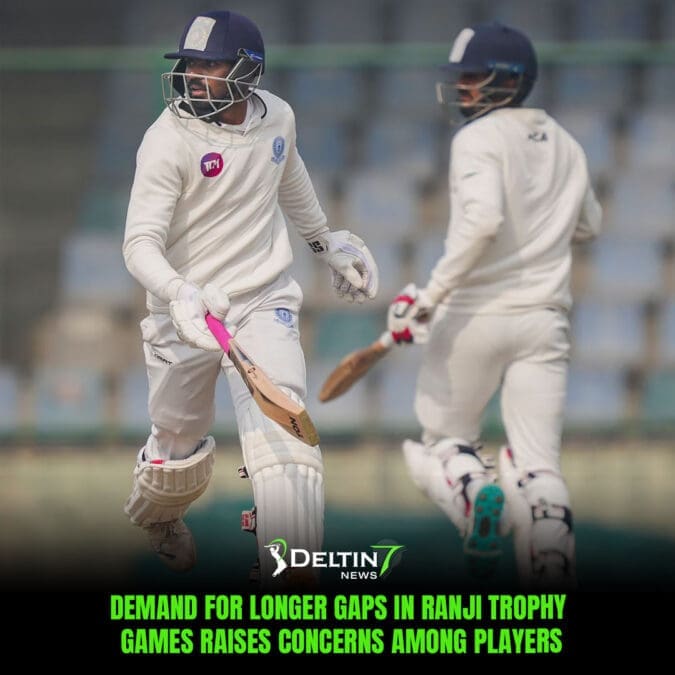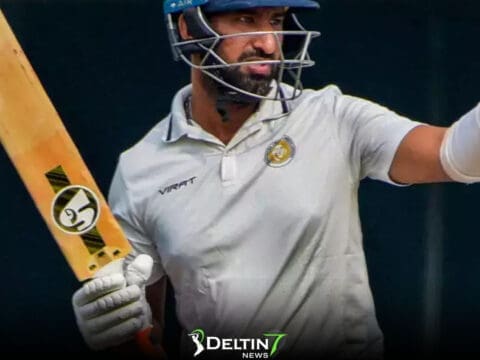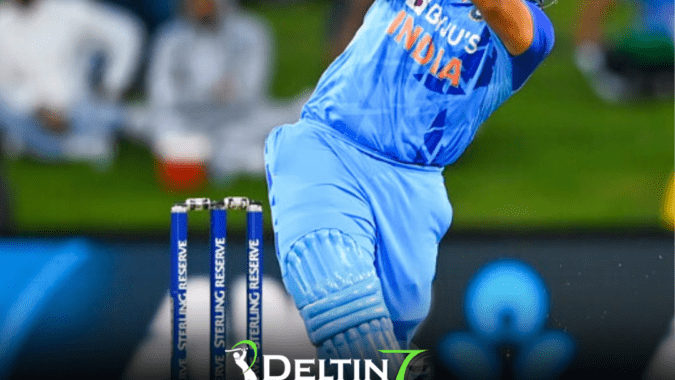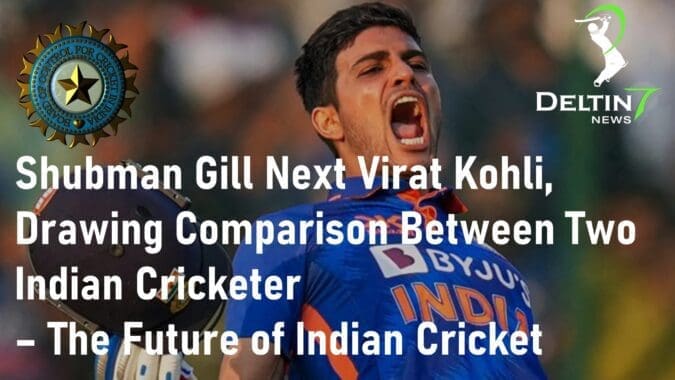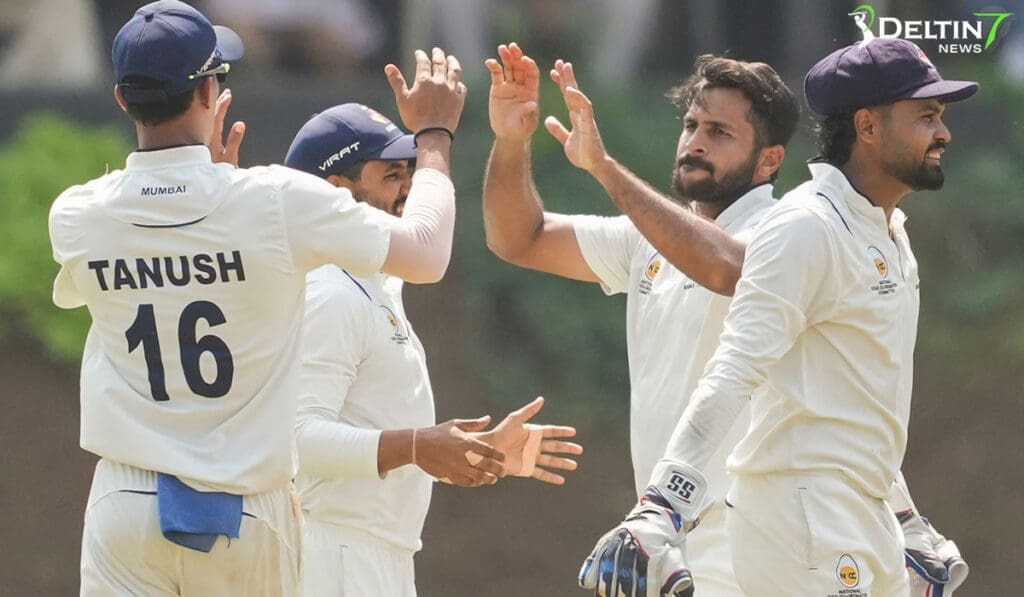
Demand for Longer Gaps in Ranji Trophy Games Raises Concerns Among Players
As another thrilling season of first-class cricket draws to a close, murmurs within the cricketing fraternity suggest a sentiment of rushing through the season, a concern primarily voiced by the players themselves. The Board of Control for Cricket in India (BCCI), often hailed for its meticulous planning, faces scrutiny over the tight scheduling of the Ranji Trophy matches, raising apprehensions about player welfare and the risk of injuries.
Players’ Perspectives
In the midst of the ongoing semifinal match in Mumbai, R Sai Kishore, leading Tamil Nadu’s charge, shed light on the collective sentiment among players regarding the brevity of breaks between matches. Expressing concern, he emphasized the disproportionate toll this schedule exacts on fast bowlers, who find themselves grappling with fatigue due to frequent travel and truncated recovery periods.
Echoing similar sentiments, Mumbai’s Shardul Thakur, fresh off a scintillating century in the semifinal, articulated his apprehensions about the current scheduling norms. Drawing from his experience, Thakur reminisced about a time when the Ranji season afforded players more respite between fixtures. He cautioned against the perils of overexertion, underscoring the potential surge in injuries if the status quo persists.
The Call for Change
Thakur’s plea for reconsideration finds resonance among players nationwide, who contend that the compressed schedule jeopardizes their physical well-being. With the relentless onslaught of matches, spanning a mere three-day interval, players grapple with the daunting prospect of enduring ten consecutive games—a scenario ripe for fatigue-induced injuries.
Moreover, the restructuring of the tournament, reducing the number of teams and eliminating the erstwhile breaks, compounds the players’ plight, accentuating the need for a recalibration of the existing framework to safeguard their interests.
BCCI’s Dilemma
In navigating the intricate tapestry of domestic cricket, the BCCI confronts its own set of challenges. With a staggering 1846 matches slated for the season, including women’s and age-group fixtures, the imperative to commence the season in June becomes imperative to accommodate this vast cricketing landscape.
For seasoned campaigners, the arduous itinerary encompasses a medley of prestigious tournaments, each demanding its share of dedication and resilience. From the venerable Duleep Trophy to the pulsating Vijay Hazare Trophy, the calendar brims with opportunities for players to etch their mark in cricketing lore.
The Complex Dynamics of Ranji Trophy
Against this backdrop, the Ranji Trophy emerges as the centerpiece, encapsulating the essence of Indian domestic cricket. Boasting 38 teams segregated into Elite and Plate divisions, the tournament unfolds across a meticulously crafted roadmap, culminating in a crescendo of riveting encounters.
Amidst the cut and thrust of competition, the scheduling intricacies loom large, with teams navigating through a labyrinth of league-stage fixtures, knockout rounds, and ultimately, the grand finale. Yet, amidst the euphoria of triumphs and the agony of defeats, the players’ voices resonate, imploring stakeholders to heed their concerns and usher in a more player-centric paradigm.
A Path Forward
In charting the course for the future, the onus rests on the custodians of Indian cricket to strike a delicate balance between tradition and innovation. Embracing the spirit of inclusivity, the BCCI must reconcile the demands of a burgeoning cricketing calendar with the imperatives of player welfare.
Through prudent scheduling measures and an empathetic ear to players’ grievances, the BCCI can usher in an era of sustainability and inclusivity, where the hallowed traditions of Ranji Trophy coalesce seamlessly with the aspirations of its custodians—the players themselves. As the curtains draw on yet another captivating season of the Ranji Trophy, the clarion call for change is clear across the cricketing landscape, forcing stakeholders to look into aa transformative journey towards a brighter, more equitable future for Indian domestic cricket.


